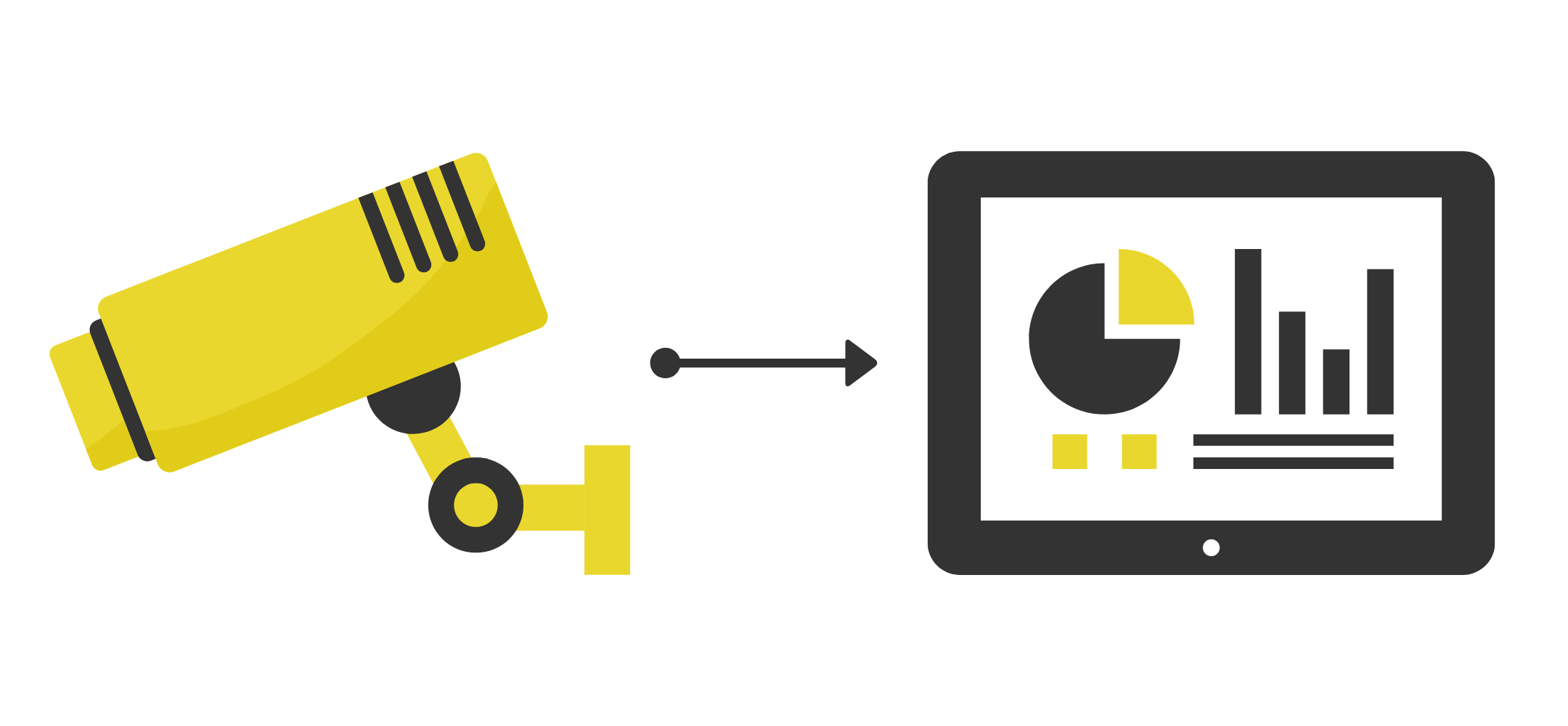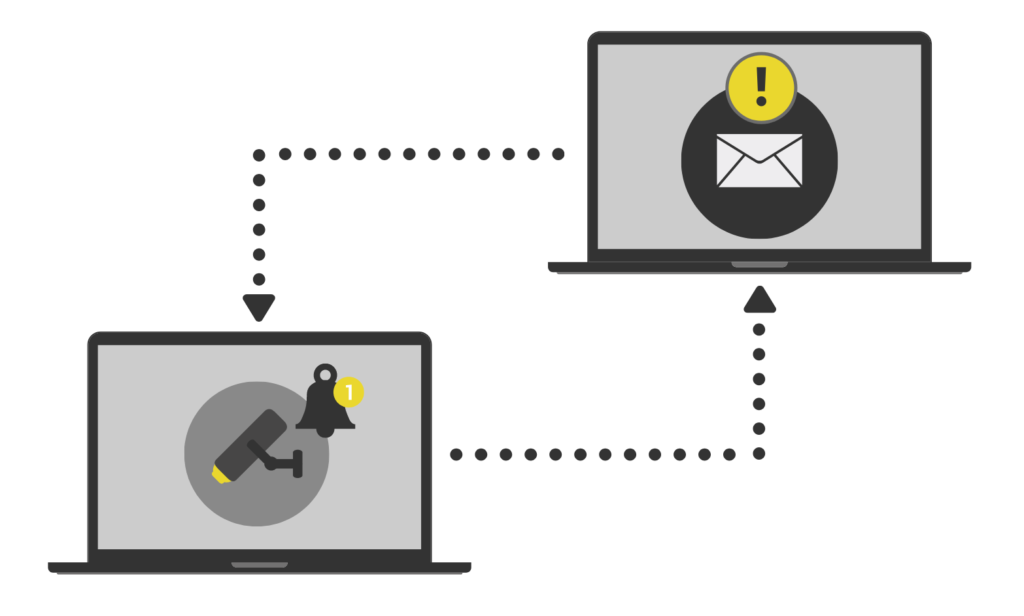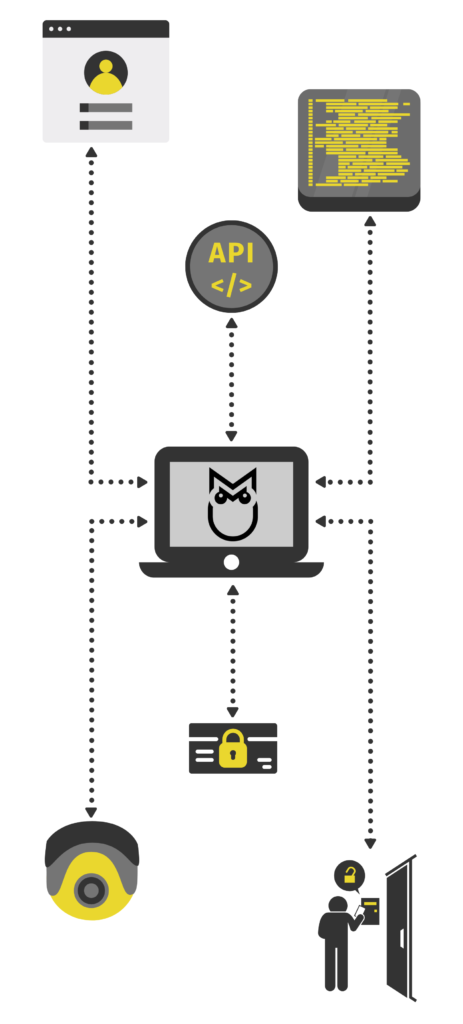Combining exploratory testing and automation
Video Surveillance Platform Case Study
Key achievements
- Devised a relevant automation testing strategy based on the existing tests in the platform
- Provided help in the development section of a feature by writing sets of acceptance criteria and tests
Types of testing
Test Automation
Web and Mobile Application Testing
API Testing
End-to-end testing
Device compatibility testing
Tools & technologies
Selenium Webdriver
Allure – reporting
Industry
Security
Business Intelligence
The client
Morphean offers a video surveillance platform responsible for data gathering for store optimization and video analysis. Certain events – specific types of movement – will trigger the platform to send out notifications. The platform offers access control through doors using saved presets of PIN or cards credential types saved for a person. Actions done using those credentials are audited in an access log for reviews.


The needs and challenges
- Providing relevant information about the product when there is a high variety of devices and an environment with no strict pattern.
- Contribute to the acceptance criteria of new features – our client needed to understand how a new feature could be used by an actual customer.
- Improve regression and smoke tests to validate a release faster – everything in the platforms is interconnected which means a new feature could cause difficulties, discovering the high-risk areas quickly was crucial.
Our testing approach
Given the high variability of the devices and patterns that customers could have, we opted to use a combination of exploratory testing, alongside existing test cases and test automation, at both UI and API level.
Exploratory testing
Traffic around a surveillance camera can trigger a series of actions at unpredictable intervals. Access logs can have different credential types that require physical interactions on an access control device based on the configurations done for a group of doors. Using exploratory testing we could see how these devices react in a real environment where unpredictable situations can arise.
A lot of issues we discovered were specific to one device, a version of the device’s app, or a device’s firmware. Our approach enabled us to set up the right configurations and choose the right tests to run. Through exploratory testing, we observed new feature changes and other relevant information besides the usual testing flow. This helped us prepare the acceptance criteria for development so they could know how the app should look and function.
Test automation
Implementing an automation testing strategy besides exploratory testing, was a response to our client’s needs for fast feedback and validation of release.
Due to stories being split into backend and frontend, API testing helped with validating the feature in the development stages of the backend. With this approach, we managed to test authentication permissions with different user roles, error handling for incorrect payload, and what responses we get for different payloads.
We also realized that by automating some of the existing test cases on this project, we would have more time to investigate the tests that failed pointing out areas of greater risk on which more exploratory testing was required. So we continued onto automating the smoke test cycles and the repetitive regressions in order to validate a release automatically.

The solution
This was a context with a high variability of devices and patterns a customer could take. By using test automation and exploratory testing we managed to offer relevant information to our client, from contributing to acceptance criteria to offering quick feedback and improving our smoke and regression tests.
Need an effective testing strategy for your product?
We can find one that’s suitable for you!
or call +40 371 426 297
